250th Anniversary of the American Revolution
The 250th Anniversary of the Death of John Bacon
April 3, 1783
Known as the last casualty of the American Revolutionary War.
American Revolution in Ocean County Trail
Ocean County has been awarded a grant from the National Park Service to establish over the next two years an American Revolution in Ocean County Trail featuring short documentaries and on-site interpretive signs for six sites of conflict. An additional documentary will be produced to define the themes of the Revolutionary experience in Ocean County. As the Revolutionary War’s 250th anniversary (1775-1783) approaches, Ocean County welcomes this opportunity to participate in a more diverse understanding of the nation’s shared history and is committed to sustaining these efforts for future generations.
Read the grant funding announcement
New Jersey in the American Revolution:
According to the National Park Service, 296 significant military engagements in addition to hundreds of lesser-known skirmishes happened in New Jersey during the American Revolution, making it the most conflict-ridden colony of the war! New Jersey’s location along the Atlantic Coast between the ports of New York and Philadelphia earned its reputation as the “crossroads of the American Revolution.” With many turning points waged in New Jersey, George Washington famously spent more time here than in any other colony during the war.
The American Revolution in Ocean County:
What is today Ocean County (then part of Monmouth and Burlington Counties until 1850 and 1890 respectively) experienced approximately 70 Revolutionary War conflicts. A significant amount of New Jersey’s violence actually took place after the British army surrendered at Yorktown. The population was bitterly divided and experienced a civil war-like Revolution. Quakers, loyalists, and patriots each accounted for about one-third of the population.
The people of Ocean County used the chaos of war as an opportunity to challenge their place in society. Allegiances were motivated at times by personal grudges, opportunity, moral conviction, or retaliation. Many people changed from patriot to loyalist depending on which force occupied the area at the time. Many others tried to hide their allegiance to avoid harsh consequences inflicted at the hands of neighbors and occupying forces.
A privateer is a private person or ship that engages in maritime warfare with a letter of marque (or permission) from the government. Skilled local sailors were able to navigate the Jersey Shore’s tricky shifting sand bars and the shallow backchannels of the Pine Barrens. Forges and furnaces used the abundance of natural resources from the Pine Barrens to create iron products and munitions for the Continental Army. Villages along the Jersey Shore were vital centers for ship building, information trading, and the transporting of goods and people. Privateers led devastating raids destroying places of industry, seizing valuable goods, and ambushing encampments. British General Henry Clinton vowed to “clean out that nest of rebel pirates,” but he never successfully did so.
Loosely organized gangs and irregular troops of loyalists known as pine robbers, banditti, or refugees operated guerrilla warfare from the densely forested and swampy Pine Barrens. In response, patriots sought revenge through the unofficial Association of Retaliation. Inspired by the Dunmore Proclamation, formerly enslaved New Jersians fought for their freedom mostly as loyalists.
Of the approximately 70 Revolutionary encounters to take place in Ocean County, the following 6 will be the first to be preserved on the American Revolution in Ocean County Trail:

Defense at Egg Harbor (15 October 1778)
The largest military engagement of the American Revolution in Ocean County. More patriots died from battle wounds at Egg Harbor than at Trenton. Count Casimir Pulaski’s Legion prevented British Capt. Patrick Ferguson’s force of 250 from carrying out a plan to attack Batsto Iron Works and stop supply shipments to General Washington’s army. The British butchered patriots before retreating and finally abandoning their efforts to remove the nest of rebel pirates.
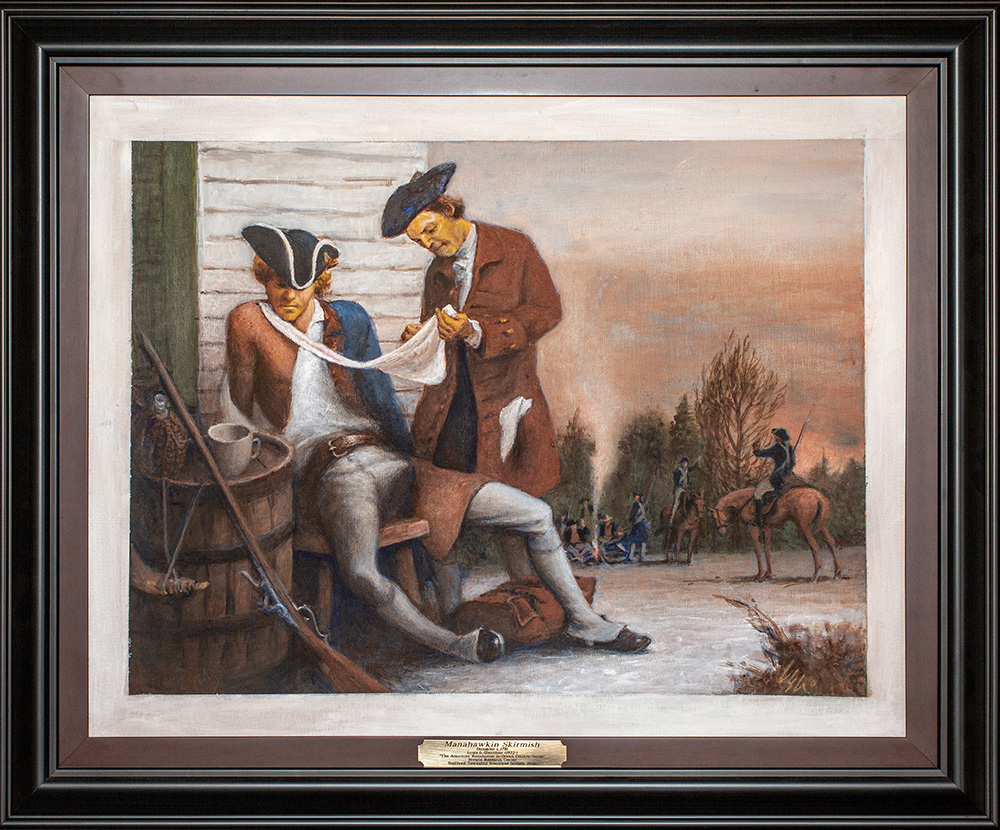
Manahawkin Skirmish (3 December 1781)
Forty-five days after the British surrender at Yorktown, a band of pine robbers led by Capt. John Bacon passed through Manahawkin. Capt. Reuben Randolph’s Company 5, 2nd Monmouth Militia fired upon them. The militia was half the size of Bacon’s gang, forcing a retreat. Capt. Randolph signed a petition to New Jersey Governor Livingston for protection “from the ravages” committed by these loyalist “creatures.”
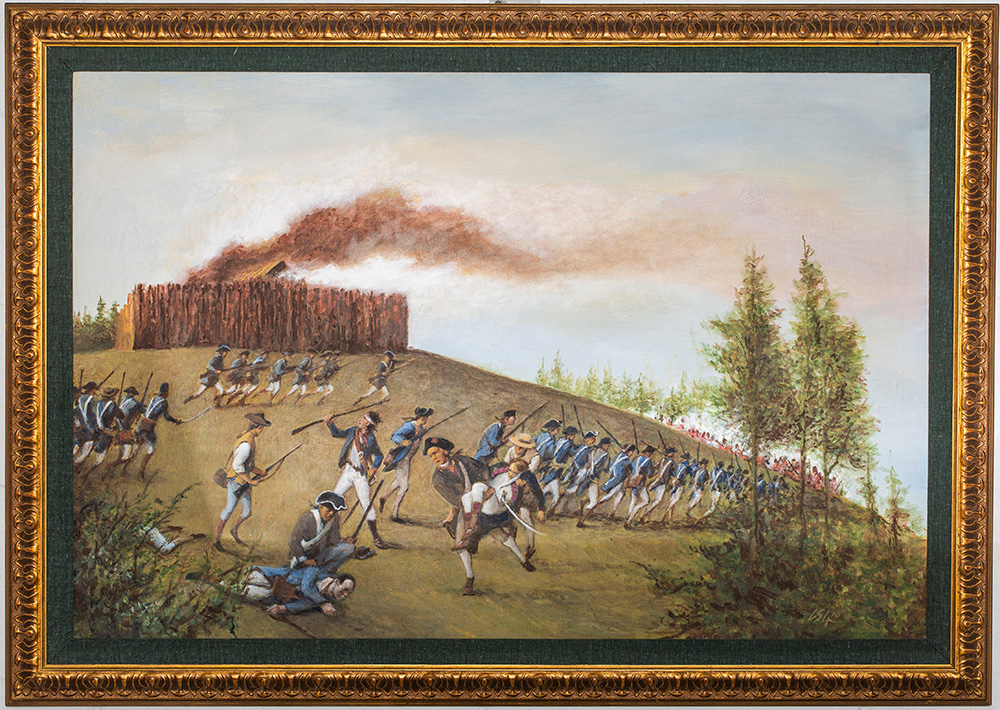
Toms River Blockhouse Fight (24 March 1782)
Approximately 200 red coats and local loyalists attacked the privateer base and salt works at Toms River. The Blockhouse force of just 25 fought back as loyalists burned the village to the ground, except for 2 loyalist homes. Patriot leader Capt. Joshua Huddy was among those captured and later hanged without a trial to avenge a loyalist death. Huddy’s execution stalled the Paris Peace Treaty negotiations and is known as the Asgill Affair.
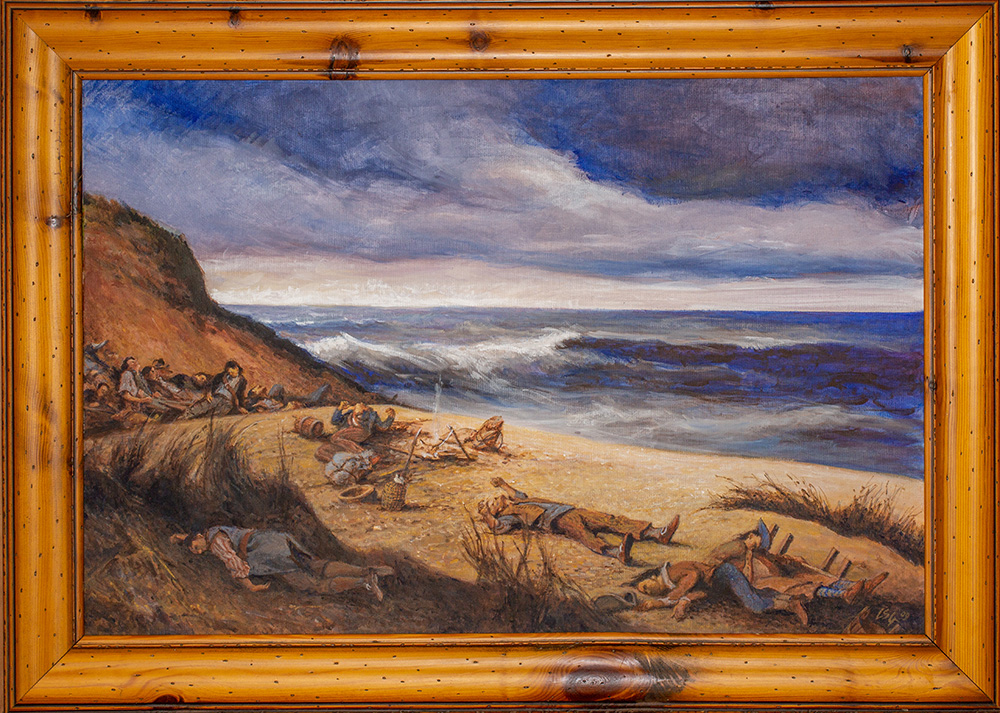
Long Beach Island Massacre (25 October 1782)
Patriot Privateer Capt. Andrew Steelman and 24 crewmen seized cargo from a sailing vessel that ran aground. Notified of their position by a loyalist spy, John Bacon’s troop ambushed the sleeping crew that night, killing 21 and seizing the cargo. Governor Livingston issued a warrant for “Bloody John Bacon” to be “captured dead or alive” for his “many atrocious and murderous acts along the shores.”
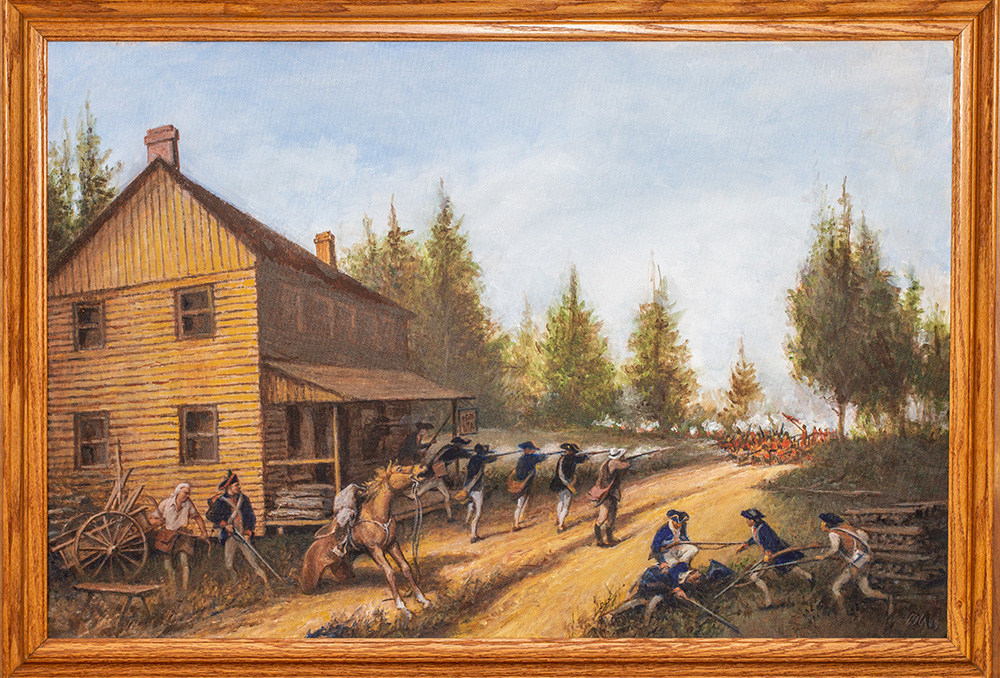
Affair at Cedar Bridge Creek (27 December 1782)
The last documented land engagement of the American Revolution. After searching several days for John Bacon, the Burlington Militia stopped at Cedar Bridge Tavern. Notified of the militia’s position, Bacon led a surprise attack and blocked their escape. Local townspeople came to the wounded Bacon’s aid, allowing him to escape. Patriot William Cook and 4 loyalists were killed.
View Cultural & Heritage Page
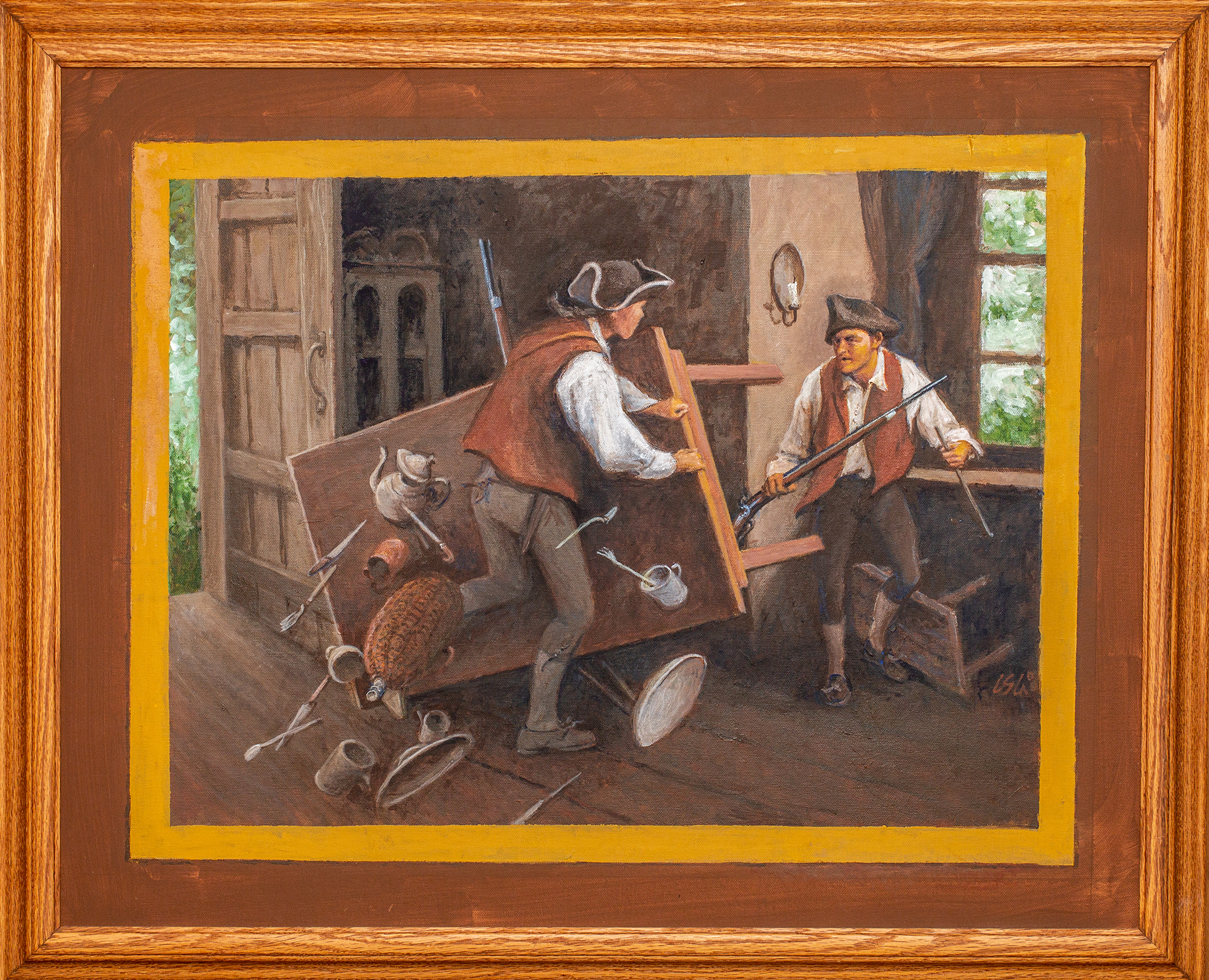
Death of John Bacon at Rose’s Tavern (3 April 1783)
Likely the last recorded casualty of the American Revolution. Militiamen caught up with John Bacon at Rose’s Tavern. Bacon attempted to evade capture but, wounded and outnumbered, surrendered. Regardless, Joel Cook, the brother of William Cook killed at Cedar Bridge, bayoneted Bacon in the back “many times.” Patriots then attempted to bury Bacon under the crossroad at Arney’s Mount to prevent his soul from resting for all eternity.

Scouting Resource Packet
This resource packet has activities, partnerships and advancement opportunities that enable unit leaders, scouts and their families meaningful ways to experience the 250th Anniversary of the American Revolution with an emphasis on Ocean and Atlantic Counties. This packet has resources for the programs of Scouting America: Cub Scouts, Scouts BSA, Venturing and Sea Scouts.